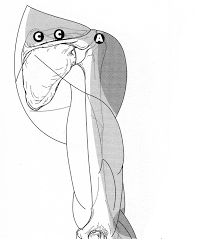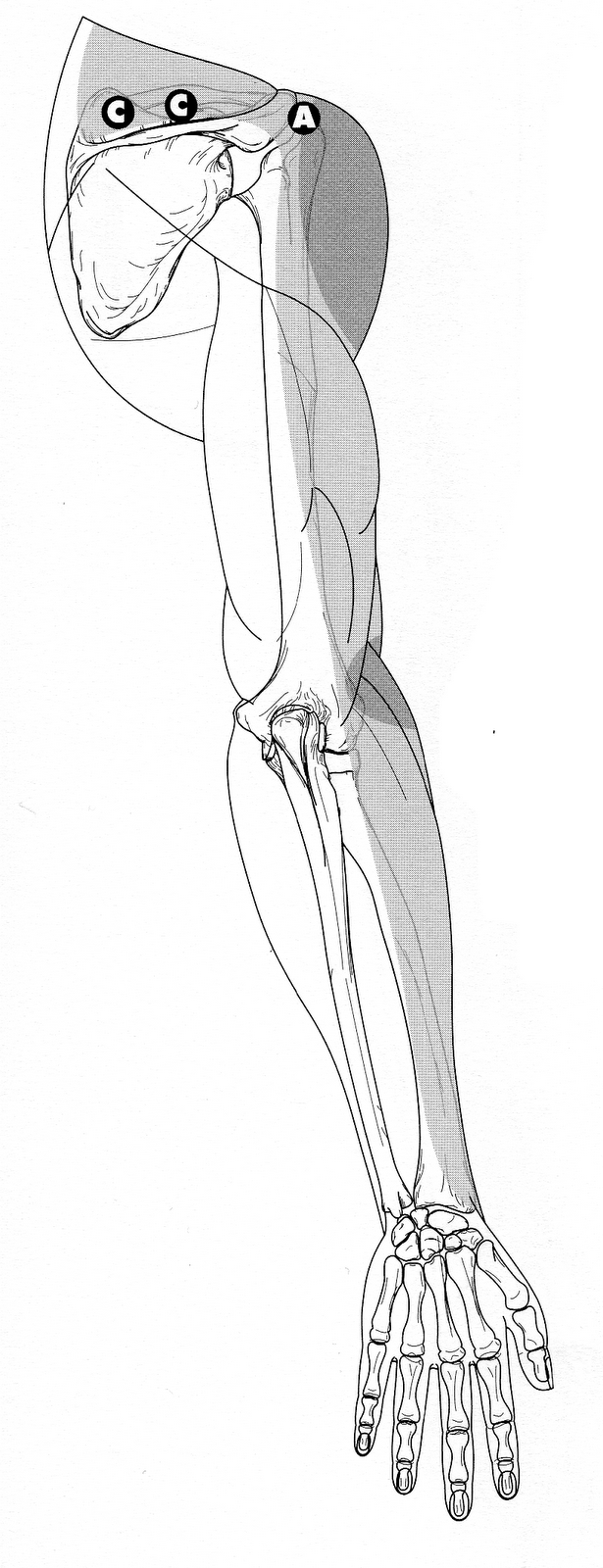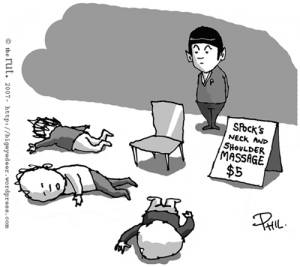Myofascial Trigger Points are extremely common and become a painful part of nearly everyone’s life at one time or another, from your youth to your later years. The severity of symptoms range from the agonizing incapacitating pain caused by very active trigger points to the painless restriction of movement and distortion of posture that are so commonly overlooked with inactive trigger points. Trigger point therapy is a highly effective technique used to alleviate chronic pain and disfunction. It can be used alone such as during a clothed chair massage or incorporated into any other therapy.
A brief history
The research on myofascial pain has been ongoing throughout the last century. The terms to describe the condition and the muscular findings have evolved to what we now call “Myofascial Trigger Points.”
Research on trigger points is more about finding out what they are not and studying what other conditions are related. Research as far back as 1843 by Froriep, a 20th century author, found tender, tight cords or bands in the muscles and named them “muscle calluses” and discovered that treating them would bring much relief to the patient. In 1900, an American named Alder used the English term, “muscle rheumatism” and talked about radiating pain from tender spots in the muscle. Four English researchers from 1904 to 1915 introduced a new term for the same condition and symptoms “fibrositis.” In 1919, a researcher by the name of Schade reported that even when a patient is under deep anesthesia or after death prior to rigor mortis, the hardness and ropiness in the muscle remained. This research supports the theory that it is not the nervous system causing muscular contraction resulting in the hard knot, but a contraction of the sarcomeres causing the hard knot or “trigger point” as it is now termed.
The most recent and well-respected research is from Janet G. Travell M.D. and David G. Simons M.D. Dr. Janet Travell worked in cardiology, pulmonary and general medicine and her main complaint received from patients was of pain. The pain was more of a concern to the patient than the terminal illness or serious illness being treated. Over the years, Dr. Travell dedicated her studies to myofascial pain syndromes and bringing relief to her patients. With the success of Dr. Travell’s care, she acquired the position of White House Pysician under the president John F. Kennedy and Lyndon B. Johnson. Dr. Travell, with the assistance of Dr. Simmons, put together two volumes of the accurate and in-depth information about trigger points, their causes and treatments. Dr. Travell passed away in 1997 at the age of 95.
–Utah College of Massage Therapy-
Trigger points have many activating factors ranging from automobile accidents, birth trauma, acute illness, new shoes or terrain, emotionally charged events (illness, death, divorce, loss of job, etc.), to starting a new exercise program or job with different demands on the body. The continued stress and patterns of activity, which aggravate the muscle and reignite the trigger point repeatedly. This is where it is important to not only find the trigger point causing the disfunction, treating the trigger point to alleviate symptoms but to identify it’s cause and make changes to avoid further activation of these nasty little buggers. Perpetuating factors include things like ergonomically-incorrect work stations, broken-down shoes, stressful environments, mental or emotional, poor diet, lack of sleep, dehydration, mineral deficiency, and postural distortions or imbalances.







Great post.